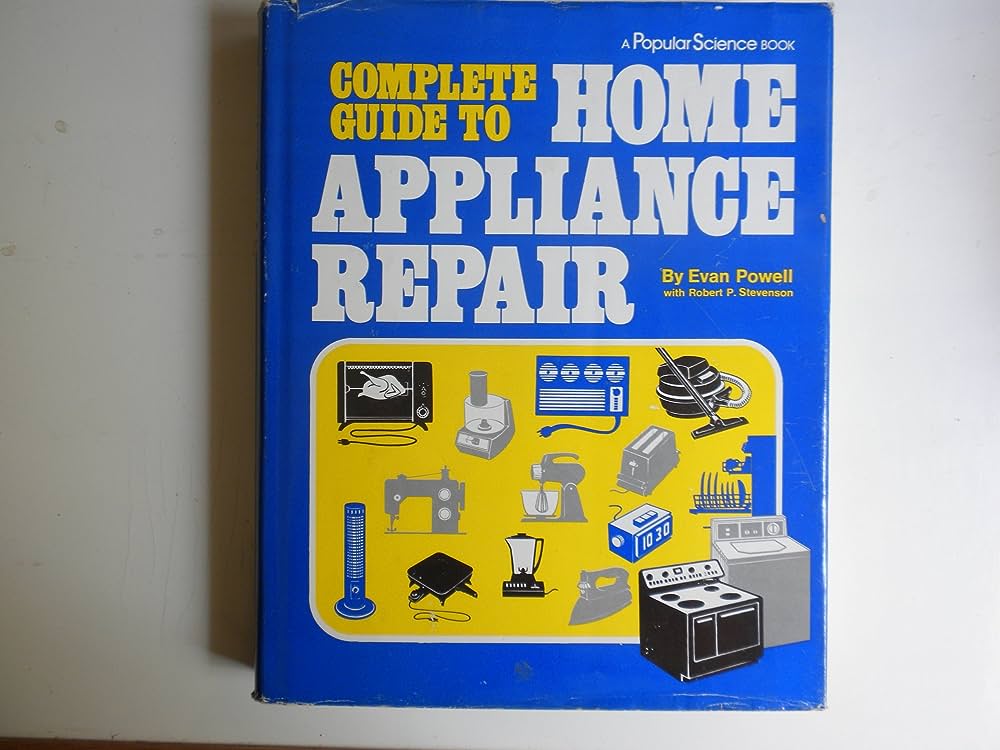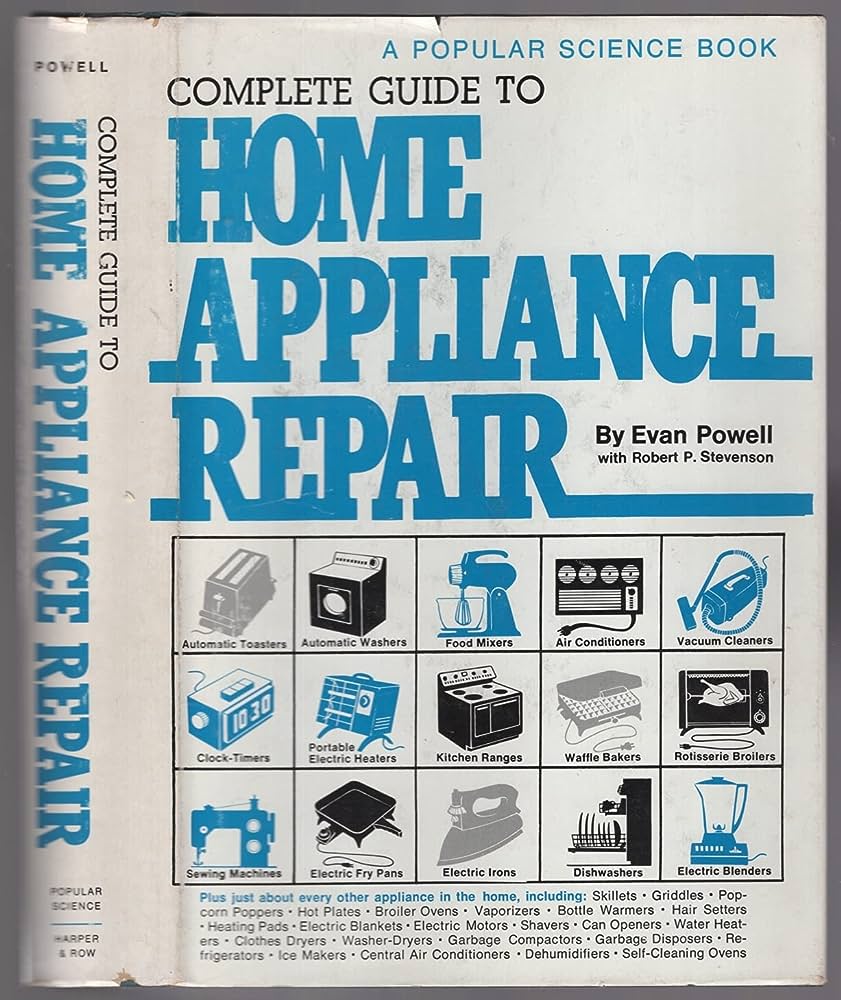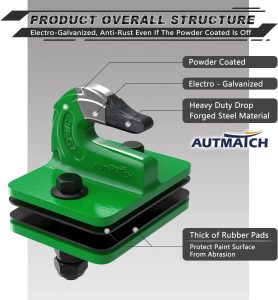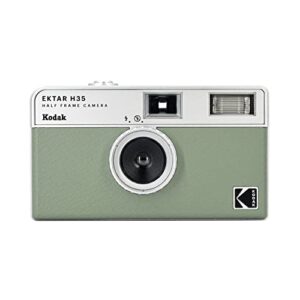Contents
- The Ultimate Guide to Appliance Maintenance
Maintaining your appliances can be a daunting task, especially when you’re unsure where to start or what steps to take to keep them functioning smoothly. That’s where “The Ultimate Guide to Appliance Maintenance” comes in. This comprehensive guide, brought to you by Halterman Appliance, equips you with all the essential tips and tricks to ensure your appliances are running efficiently and effectively for years to come. From simple cleaning techniques to troubleshooting common issues, this guide is your go-to resource for keeping your appliances in top-notch condition. Say goodbye to frustrating breakdowns and hello to stress-free appliance ownership with this must-have guide.
The Ultimate Guide to Appliance Maintenance
Maintaining your appliances is essential to ensure they continue to work efficiently and have a longer lifespan. Regular cleaning and maintenance not only improve their performance but also helps prevent costly repairs. In this comprehensive guide, we will walk you through the step-by-step process of maintaining various household appliances, keeping them in perfect working condition. So let’s begin!
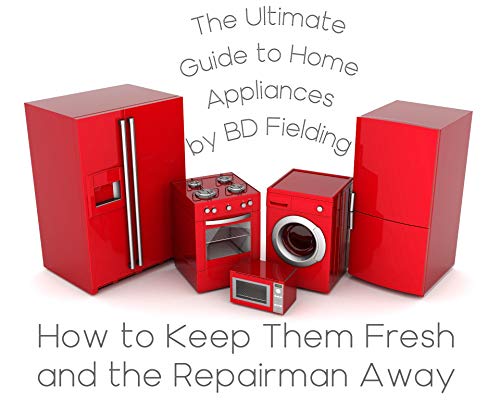
1. Regular Cleaning and Maintenance
1.1 Cleaning the Exterior
Start by cleaning the exterior of your appliances. Use a damp cloth and mild detergent to wipe down surfaces, removing any dirt, grease, or fingerprints. Pay extra attention to areas that are frequently touched, such as control panels and handles. Avoid using abrasive cleaners or scrub brushes that may damage the surfaces.
1.2 Cleaning the Interior
Next, it’s time to clean the interior of your appliances. For refrigerators, ovens, dishwashers, and washing machines, remove any removable parts, such as shelves, racks, and drawers. Wash these parts with warm soapy water and dry them thoroughly before placing them back.
In the case of microwaves and coffee makers, wipe down the interior surfaces with a damp cloth or sponge. Be careful not to scrub too hard or use abrasive cleaners that may scratch the surfaces.
1.3 Cleaning Filters
Many appliances have filters that need regular cleaning to ensure optimal performance. These filters help trap dust, dirt, and other particles, preventing them from circulating back into the appliance or your living space.
Refer to your appliance’s manual to locate and remove the filters. Rinse them under running water or use a vacuum cleaner to remove any debris. Make sure the filters are completely dry before reinstalling them.
1.4 Cleaning Coils
For appliances such as refrigerators and air conditioners, cleaning the coils is crucial for proper functioning. Over time, dust and debris can accumulate on the coils, hindering their ability to cool efficiently.
To clean the coils, first, unplug the appliance and locate the coils. Depending on the model, the coils may be at the back or underneath the appliance. Use a soft brush or a vacuum cleaner with a brush attachment to gently remove the buildup. Be cautious not to damage the coils while cleaning.
1.5 Clearing Drainage
Appliances like refrigerators, air conditioners, dishwashers, and washing machines have drainage systems that can get clogged with debris. It is important to clear these drainage pathways regularly to prevent leaks or damage to your appliances.
Refer to the appliance’s manual to locate the drainage system. Use a small brush or pipe cleaner to remove any debris or buildup from the drainage holes or tubes. If necessary, flush the drain with a mixture of warm water and mild detergent to ensure it is completely clean.
2. Proper Ventilation
2.1 Checking Ventilation Vents
Proper ventilation is crucial for appliances that generate heat, such as ovens, stoves, dryers, and refrigerators. Over time, dust and debris can accumulate on the ventilation vents, obstructing airflow and causing the appliances to work harder.
Inspect the ventilation vents of your appliances and use a vacuum cleaner or a brush to remove any buildup. Ensure that the vents are clear and not blocked by any objects that may hinder proper airflow.
2.2 Cleaning Ventilation Ducts
In addition to checking the vents, it is essential to clean the ventilation ducts of your appliances to maintain optimal airflow. Over time, dust, lint, and other debris can accumulate in the ducts, reducing efficiency and potentially causing overheating.
Refer to your appliance’s manual to locate the ventilation ducts. Use a long, flexible brush or a vacuum cleaner with a hose attachment to remove the buildup. Be thorough but gentle to avoid damaging the ducts.
2.3 Improving Airflow
To further improve airflow, ensure that there is adequate space around your appliances. Avoid placing them too close to walls or other objects that may restrict the flow of air. Allow for proper ventilation and circulation to help your appliances perform at their best.
3. Refrigerator Maintenance
3.1 Checking and Adjusting Temperature
The temperature of your refrigerator plays a vital role in preserving food and preventing spoilage. Use a thermometer to check the temperature regularly and make adjustments if necessary.
The ideal temperature for most refrigerators is between 35°F and 38°F (2°C and 3°C). You can adjust the temperature using the control panel or temperature settings provided by your refrigerator model.
3.2 Cleaning and Organizing Shelves
Regularly cleaning and organizing the shelves of your refrigerator is essential for maintaining cleanliness and efficiency. Remove all the contents of your refrigerator, and starting from the top shelf, wipe down each shelf with warm soapy water. Dry the shelves thoroughly before placing the food items back.
While organizing, discard any expired or spoiled food items. Arrange the remaining items in a way that allows for proper airflow and easy access. This will ensure adequate cooling and reduce the chances of food contamination.
3.3 Defrosting and Removing Ice Build-up
If your refrigerator has a built-in freezer, it is important to defrost it regularly to prevent ice build-up. Ice accumulation can obstruct airflow and reduce the efficiency of your refrigerator.
To defrost the freezer, remove all the items and unplug the refrigerator. Place towels or a tray beneath to catch the melting ice. Leave the freezer door open and allow the ice to melt naturally. Do not use any sharp objects to remove the ice, as this may damage the interiors.
3.4 Inspecting Door Seals
The door seals, also known as gaskets, create an airtight seal when the refrigerator door is closed. Inspecting and cleaning the door seals regularly will help maintain their effectiveness.
Inspect the door seals for any signs of damage, such as cracks, tears, or brittleness. Clean the seals with warm soapy water and a soft cloth to remove any dirt or debris. Properly functioning door seals prevent cold air from escaping and save energy.
3.5 Cleaning Condenser Coils
Similar to other appliances, refrigerators have condenser coils that require regular cleaning for optimal performance. Dust and debris can accumulate on the coils, causing them to work harder and consume more energy.
To clean the condenser coils, first, unplug the refrigerator. Locate the coils, which can usually be found at the back of the refrigerator or underneath. Use a brush or a vacuum cleaner with a brush attachment to gently remove the buildup. Be cautious not to damage the delicate coils while cleaning.
4. Oven and Stove Maintenance
4.1 Cleaning and Removing Grime
Cleaning your oven and stove regularly not only helps them look their best but also prevents the accumulation of grime, which can affect their performance over time.
Remove any detachable parts, such as burner grates and knobs, and wash them with warm soapy water. For the oven, use a suitable oven cleaner and follow the manufacturer’s instructions for application. Wipe down all surfaces with a damp cloth or sponge, paying extra attention to areas with stubborn stains or sticky residue.
4.2 Checking and Replacing Burner Elements
If your stove has electric burners, it’s essential to check them regularly for any signs of damage or malfunction. Burner elements that are no longer heating evenly or have visible cracks or burn marks should be replaced.
To replace a burner element, first, unplug the stove from the power source. Allow the element to cool completely before removing it. Follow the instructions provided by the manufacturer to safely remove and install the new element.
4.3 Calibrating Oven Temperature
Over time, the oven temperature may become inaccurate, leading to uneven cooking or baking. Calibrating the oven temperature ensures precise and consistent results.
To calibrate the oven temperature, you will need an oven thermometer. Preheat the oven to a specific temperature, such as 350°F (175°C), and place the oven thermometer inside. After 20 minutes, check the thermometer reading. If it differs from the set temperature, refer to your oven’s manual for instructions on how to calibrate the temperature settings.
4.4 Cleaning Oven Racks and Drip Pans
The oven racks and drip pans can accumulate grease, food particles, and spills over time. Cleaning them regularly will prevent any build-up that could affect your cooking.
Remove the oven racks and drip pans and wash them with warm soapy water. For stubborn stains or accumulated grease, you can use a non-abrasive cleaner or baking soda paste. Rinse them thoroughly and dry them before placing them back in the oven.
4.5 Inspecting Door Gaskets
The door gasket of your oven creates an airtight seal, preventing heat from escaping and ensuring proper cooking. Regularly inspect the condition of the door gasket and clean it to maintain its effectiveness.
Inspect the door gasket for any signs of wear, damage, or looseness. Clean it with warm soapy water and a soft cloth, removing any dirt or residue. If you notice any significant damage or deterioration, consider contacting a professional for repairs or replacement.
4.6 Cleaning Exhaust Hood and Filter
The exhaust hood, also known as a range hood or vent hood, helps remove smoke, steam, and odors from your kitchen while you cook. Cleaning the hood and its filter regularly will ensure proper ventilation and prevent grease buildup.
Start by removing the hood filter according to the manufacturer’s instructions. Clean the filter with warm soapy water or by soaking it in a mixture of water and mild detergent. Rinse it thoroughly and allow it to dry completely before reattaching it to the hood.
Wipe down the exterior of the hood with a damp cloth or sponge, removing any grease or residue. Pay special attention to areas directly above the stove, as they tend to accumulate more grease.
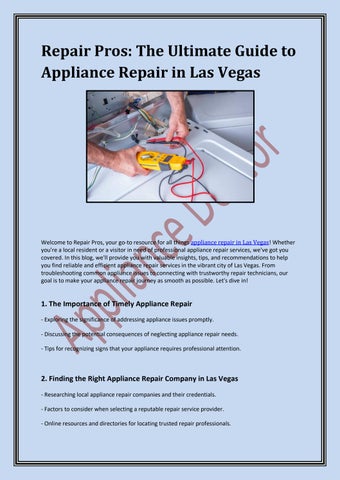
5. Dishwasher Maintenance
5.1 Cleaning Filters and Spray Arms
Dishwashers have filters and spray arms that require regular cleaning to ensure optimal performance. These components can become clogged with food particles and debris, affecting the efficiency of your dishwasher.
Refer to your dishwasher’s manual to locate and remove the filters and spray arms. Rinse them under running water to remove any loose debris. Use a soft brush or toothbrush to remove any stubborn deposits. Once clean, reinstall the filters and spray arms back into the dishwasher.
5.2 Running Vinegar or Citric Acid Cleaning Cycle
To remove mineral deposits and keep your dishwasher smelling fresh, it is recommended to run a vinegar or citric acid cleaning cycle occasionally.
Place a cup of vinegar or citric acid powder in a dishwasher-safe container on the top rack of an empty dishwasher. Run a regular wash cycle using hot water. The acidity of the vinegar or citric acid will help dissolve any mineral deposits and eliminate odors, leaving your dishwasher clean and fresh.
5.3 Checking and Clearing Drainage
A clogged drainage system can cause water to back up in your dishwasher, leading to poor cleaning results and potential damage to the appliance. It is crucial to check and clear the drainage regularly.
Refer to your dishwasher’s manual to locate the drainage system. Remove any visible debris or food particles from the drain and the dishwasher’s sump area. Clear any clogs using a plunger or a plumber’s snake, if necessary. For stubborn clogs, you may need to contact a professional.
5.4 Inspecting Door Gasket
The door gasket creates an airtight seal when the dishwasher door is closed, preventing water from leaking during the wash cycle. Regularly inspect the condition of the door gasket to ensure it is intact and free from debris.
Clean the door gasket with warm soapy water and a soft cloth, removing any dirt or residue. Dry the gasket thoroughly using a clean cloth. If you notice any cracks, tears, or brittleness, consider replacing the gasket to maintain proper sealing.
5.5 Cleaning Exterior and Control Panel
Lastly, don’t forget to clean the exterior and control panel of your dishwasher for a sparkling finish. Use a damp cloth or sponge and mild detergent to wipe down the surfaces, removing any dirt, fingerprints, or stains. Dry the exterior thoroughly using a clean cloth to prevent watermarks.
6. Washing Machine Maintenance
6.1 Cleaning Detergent Dispenser Drawer
The detergent dispenser drawer of your washing machine can accumulate detergent residue, fabric softener, and mold over time. Regularly cleaning the drawer will help maintain cleanliness and prevent unpleasant odors.
Remove the detergent dispenser drawer from the washing machine. Soak it in warm soapy water and use a brush or toothbrush to remove any remaining residue. Rinse it thoroughly and allow it to dry completely before placing it back in the washing machine.
6.2 Running Self-Clean Cycle
Most modern washing machines have a self-clean cycle that helps remove dirt, grime, and bacteria from the drum. Running a self-clean cycle regularly will keep your washing machine fresh and hygienic.
Refer to your washing machine’s manual for instructions on how to initiate the self-clean cycle. Usually, it involves adding a specific amount of detergent or a cleaning agent and running the machine on a designated cycle. Follow the manufacturer’s recommendations for the best results.
6.3 Checking and Cleaning Filter
Washing machines have filters that trap lint, debris, and other objects that may be present in the laundry. A clogged filter can affect the washing machine’s performance, so it’s important to check and clean it regularly.
Refer to your washing machine’s manual to locate the filter. Depending on the model, the filter may be at the front or back of the machine. Place a towel or a tray beneath the filter area to catch any water that may spill. Unscrew the filter and remove it carefully. Clean the filter under running water, removing any lint or debris. Once clean, reinstall the filter back into the washing machine.
6.4 Cleaning and Balancing Drum
Over time, the drum of your washing machine can accumulate dirt, detergent residue, and lint, which can affect its performance and lead to malfunctions. Additionally, an unbalanced drum can cause excessive vibrations and noise during the spin cycle.
To clean the drum, run an empty wash cycle with hot water and add a cup of white vinegar or a washing machine cleaning agent. This will help dissolve any buildup and eliminate odors. After the cycle is complete, wipe down the drum with a damp cloth or sponge.
If you notice excessive vibrations or an unbalanced drum during the spin cycle, ensure that your washing machine is level and adjust the feet accordingly. A balanced drum will prolong the life of your washing machine and improve its efficiency.
6.5 Inspecting Hoses and Water Inlet Valve
Inspecting the hoses and water inlet valve of your washing machine is vital to prevent leaks and water damage. Regularly checking these components can help identify any signs of wear, cracks, or leaks.
Inspect the hoses for any visible damage, such as cracks, bulges, or leaks. If you notice any issues, replace the hoses immediately. Additionally, check the water inlet valve for any leaks or mineral deposits. Clean the valve with a brush and remove any deposits to ensure proper water flow.
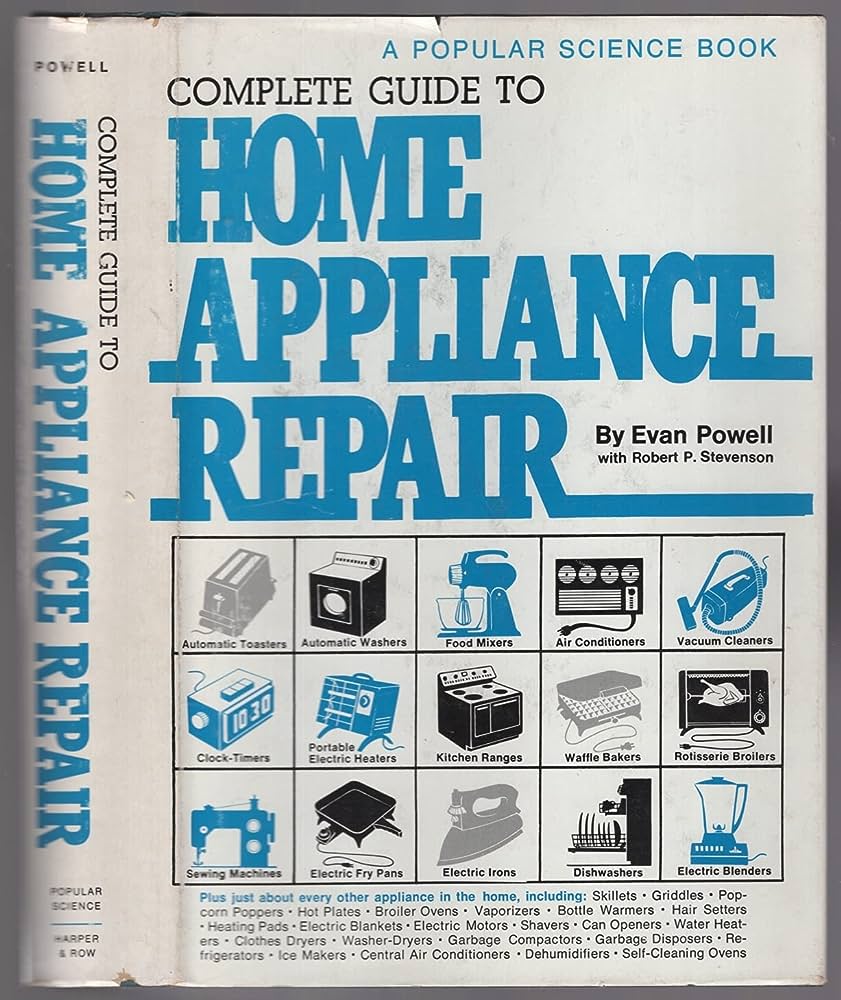
7. Dryer Maintenance
7.1 Removing Lint from Lint Trap
Cleaning the lint trap in your dryer after every cycle is essential for efficient drying and preventing fire hazards. Lint accumulation can obstruct airflow and make your dryer work harder.
After each cycle, locate the lint trap, which is usually located inside the dryer door or at the top of the machine. Pull out the lint screen and remove any lint with your fingers or a soft brush. Rinse the screen under running water to remove any remaining residue, then dry it thoroughly before placing it back in the dryer. Additionally, use a vacuum cleaner with a hose attachment to clean the area around the lint trap.
7.2 Cleaning Dryer Vent
The dryer vent exhausts the hot and moist air produced during the drying cycle out of your home. A clogged vent can lead to longer drying times, poor performance, and even fire hazards.
Regularly cleaning the dryer vent is essential for maintaining optimal airflow. Start by disconnecting the dryer from the power source. Locate the vent opening on the exterior of your home and remove any visible lint or debris. Use a vacuum cleaner with a long hose attachment or a dryer vent cleaning brush to remove the buildup from the vent and the duct behind the dryer. Be thorough and ensure all the lint is removed.
7.3 Inspecting and Cleaning Moisture Sensor
Many modern dryers are equipped with moisture sensors that detect the dampness level in the clothes and adjust the drying time accordingly. Inspecting and cleaning the moisture sensor regularly ensures accurate drying and prevents over-drying or under-drying.
Locate the moisture sensor, which is usually near the lint trap or inside the dryer drum. Gently wipe the sensor with a clean, dry cloth to remove any lint or residue that may have accumulated. Ensure the sensor is clean and free from any obstruction to maintain its functionality.
7.4 Checking and Replacing Dryer Belt
The dryer belt is responsible for rotating the drum during the drying cycle. Over time, the belt may stretch, fray, or break, affecting the dryer’s performance.
Refer to your dryer’s manual to locate the belt and follow the instructions for checking its condition. If you notice any signs of wear, fraying, or breakage, it’s crucial to replace the belt. Consult a professional or contact the manufacturer for guidance on the replacement process.
7.5 Cleaning Exterior and Control Panel
Lastly, don’t forget to clean the exterior and control panel of your dryer for a polished look. Use a damp cloth or sponge and mild detergent to wipe down the surfaces, removing any dirt, fingerprints, or stains. Dry the exterior thoroughly using a clean cloth to prevent watermarks.
8. Air Conditioner Maintenance
8.1 Cleaning or Replacing Air Filters
Regularly cleaning or replacing the air filters in your air conditioner is essential for maintaining good air quality and optimal cooling performance. Filters can become clogged with dust, dirt, and allergens, hindering airflow and reducing efficiency.
Refer to your air conditioner’s manual to locate the air filters. Depending on the type of filters you have, you may need to clean them or replace them entirely. If the filters are washable, remove them and rinse them under running water. Allow them to air dry completely before reinstalling them. If the filters are disposable, remove and replace them with new ones according to the manufacturer’s instructions.
8.2 Cleaning and Straightening Condenser Fins
The condenser fins of your air conditioner facilitate heat transfer and must be kept clean and straight for optimal cooling. Over time, the fins can become dirty or bent, restricting airflow and reducing the air conditioner’s efficiency.
To clean the condenser fins, first, turn off the air conditioner and disconnect the power. Use a soft brush or a vacuum cleaner with a brush attachment to gently remove the dirt and debris from the fins. Be cautious not to damage the delicate fins while cleaning. If you notice any bent fins, use a fin comb or a small flathead screwdriver to straighten them carefully.
8.3 Checking and Cleaning Condensate Drain
Air conditioners remove moisture from the air during the cooling process, and the condensate needs to be drained from the unit. Over time, the condensate drain can become clogged, leading to water leaks or even mold growth.
Refer to your air conditioner’s manual to locate the condensate drain and follow the manufacturer’s instructions for cleaning it. Depending on the type of air conditioner you have, you may need to use a wet-dry vacuum, a thin brush, or a mixture of warm water and vinegar to clear the clog. Regularly checking and cleaning the condensate drain will help prevent water damage and keep your air conditioner running smoothly.
8.4 Lubricating Fan Motor
The fan motor in your air conditioner operates under high temperatures and friction, and regular lubrication is necessary to ensure it operates smoothly and quietly. Over time, the lubrication can dry out, causing the motor to work harder and potentially overheat.
Refer to your air conditioner’s manual for instructions on lubricating the fan motor. Use a lubricant specifically recommended by the manufacturer and apply it according to the instructions provided. Be mindful not to use excessive lubrication, as it may attract dirt and debris.
8.5 Inspecting and Adjusting Thermostat
The thermostat controls the temperature settings of your air conditioner, and it is important to ensure accurate readings and efficient operation. Regularly inspecting and adjusting the thermostat will help maintain a comfortable indoor environment.
Check the thermostat for any signs of damage or malfunctions, such as inaccurate temperature readings or unresponsive controls. If you notice any issues, consult your air conditioner’s manual for troubleshooting steps or consider contacting a professional for repairs or replacement. Also, adjust the temperature settings according to your preference and the current weather conditions to maximize energy efficiency.
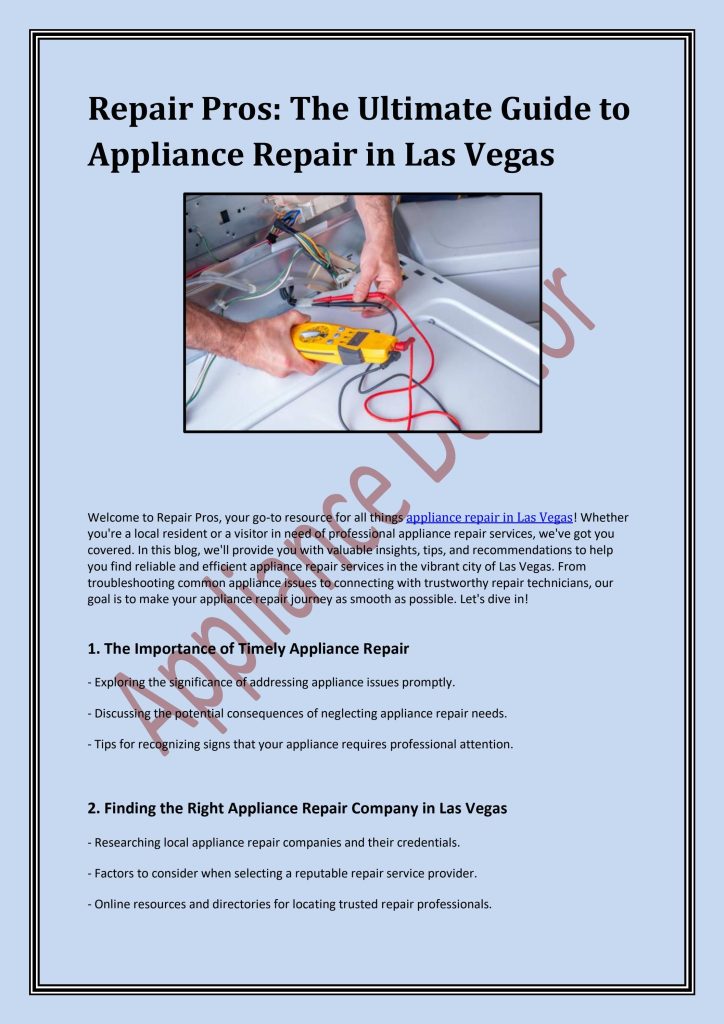
9. Microwave Maintenance
9.1 Wiping Down Interior and Exterior Surfaces
Regularly wiping down the interior and exterior surfaces of your microwave will help keep it clean and hygienic. Use a damp cloth or sponge and a mild detergent to remove any food spills, stains, or grease from the surfaces.
Avoid using abrasive cleaners or scrub brushes, as they may damage the microwave’s surfaces. Dry the interior and exterior thoroughly with a clean cloth to prevent watermarks.
9.2 Cleaning Turntable and Roller Ring
The turntable and roller ring in your microwave can accumulate food residue, spills, and grease over time. Cleaning them regularly ensures proper rotation and prevents odors or contamination.
Remove the turntable and roller ring from the microwave. Wash them with warm soapy water or place them in the dishwasher if they are dishwasher safe. Remove any stubborn stains or residue using a non-abrasive cleaner or baking soda paste. Rinse them thoroughly and dry them completely before placing them back in the microwave.
9.3 Checking and Replacing Microwave Filter
Microwaves equipped with filters help eliminate odors and particles from the air while cooking. Regularly checking and replacing the filters will help maintain clean air quality and prevent unwanted smells.
Refer to your microwave’s manual to locate the filters and follow the manufacturer’s recommendations for replacement. Some filters are washable, while others are disposable. If the filters are washable, rinse them under running water or soak them in warm soapy water. For disposable filters, remove and replace them with new ones as instructed by the manufacturer.
9.4 Inspecting and Cleaning Door Seals
The door seals of your microwave create an airtight seal when the door is closed, preventing heat and steam from escaping. Regularly inspecting and cleaning the door seals will help maintain their effectiveness.
Inspect the door seals for any signs of wear, damage, or looseness. Clean them with warm soapy water and a soft cloth, removing any dirt or residue. Dry the seals thoroughly using a clean cloth. If you notice any significant damage or deterioration, consider contacting a professional for repairs or replacement.
9.5 Cleaning Control Panel and Keypad
Lastly, clean the control panel and keypad of your microwave regularly to maintain optimal visibility and functionality. Use a damp cloth or sponge with mild detergent to wipe down the surfaces, removing any fingerprints or spills. Avoid spraying water directly on the control panel to prevent damage to the electronics. Dry the control panel thoroughly using a clean cloth.
10. Coffee Maker Maintenance
10.1 Cleaning Water Reservoir
Cleaning the water reservoir of your coffee maker regularly is important for ensuring clean and great-tasting coffee. Over time, mineral deposits and coffee oils can accumulate, affecting the flavor and quality of your brew.
Refer to your coffee maker’s manual for instructions on how to clean the water reservoir. Usually, it involves removing the reservoir, emptying any remaining water, and washing it with warm soapy water. Rinse it thoroughly and allow it to dry completely before refilling it with fresh water.
10.2 Running Vinegar Cleaning Cycle
Running a vinegar cleaning cycle periodically helps remove mineral deposits and ensure your coffee maker operates efficiently. Vinegar breaks down scale and removes any build-up that may affect the functionality or taste of your coffee.
Fill the water reservoir of your coffee maker with equal parts of white vinegar and water. Start a brew cycle without adding any coffee grounds. Once the cycle is complete, discard the vinegar solution and run a couple of cycles with clean water to rinse the machine thoroughly. This will eliminate any vinegar taste from your future brewed coffee.
10.3 Cleaning Coffee Basket and Carafe
Regularly cleaning the coffee basket and carafe of your coffee maker is essential for maintaining the quality and flavor of your brew. Coffee oils and residue can accumulate, leading to bitter-tasting coffee or clogging the filter.
After each use, remove the coffee basket and discard any used coffee grounds. Wash the coffee basket and the carafe with warm soapy water, removing any stains or residue. Rinse them thoroughly and allow them to air dry before using them again.
10.4 Inspecting and Replacing Water Filter
If your coffee maker has a built-in water filter, regularly inspecting and replacing it is crucial for achieving the best-tasting coffee. The water filter ensures that your water is free from impurities that could affect the flavor and aroma of your brew.
Refer to your coffee maker’s manual for instructions on how to inspect and replace the water filter. Follow the manufacturer’s recommendations regarding the frequency of replacement. Generally, water filters need to be replaced every two to three months, or as indicated by the filter’s lifespan.
10.5 Descale the Coffee Maker
Over time, mineral deposits can build up inside your coffee maker, affecting its performance, brewing time, and the taste of your coffee. Descaling your coffee maker periodically will remove these deposits and keep your machine functioning optimally.
Refer to your coffee maker’s manual for instructions on how to descale the machine. Typically, you will need a descaling solution specifically formulated for coffee makers. Follow the manufacturer’s instructions on the descaling solution, including the recommended amount and the duration needed for the process. Run a brewing cycle with clean water after descaling to rinse the machine thoroughly.
Maintaining your appliances through regular cleaning and maintenance not only enhances their performance but also extends their overall lifespan. By following this comprehensive guide, you can ensure that your household appliances stay in top shape and continue to provide you with efficient and reliable service for years to come. Happy appliance maintenance!
